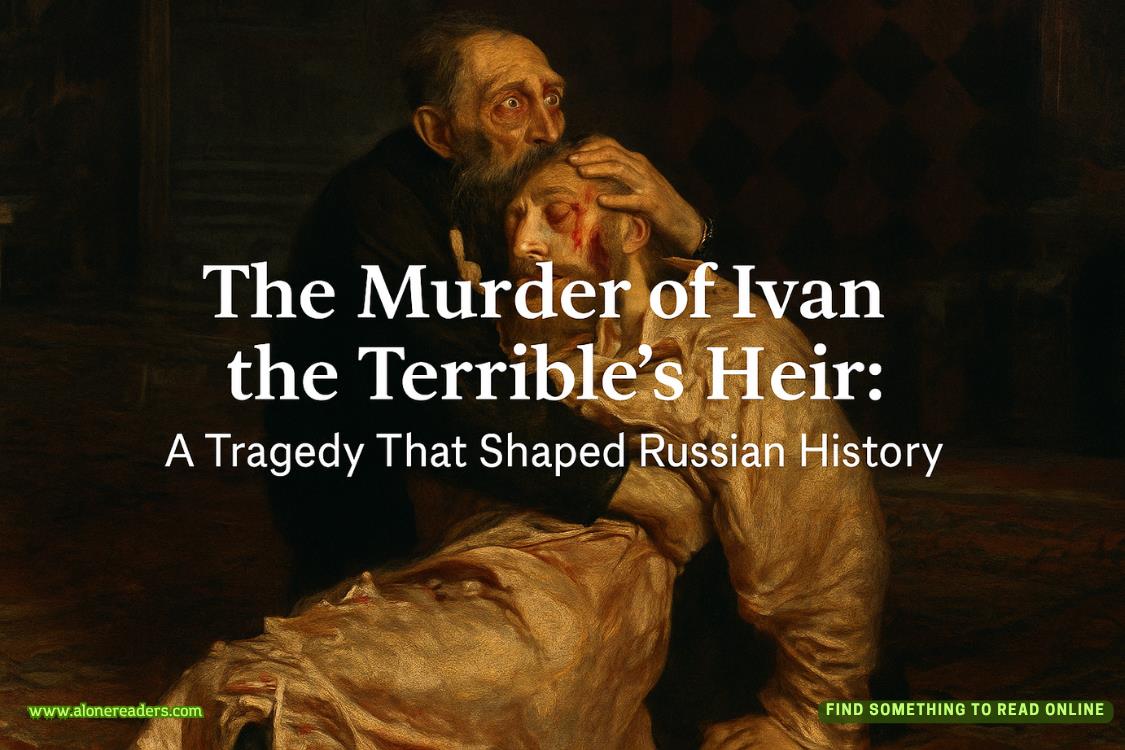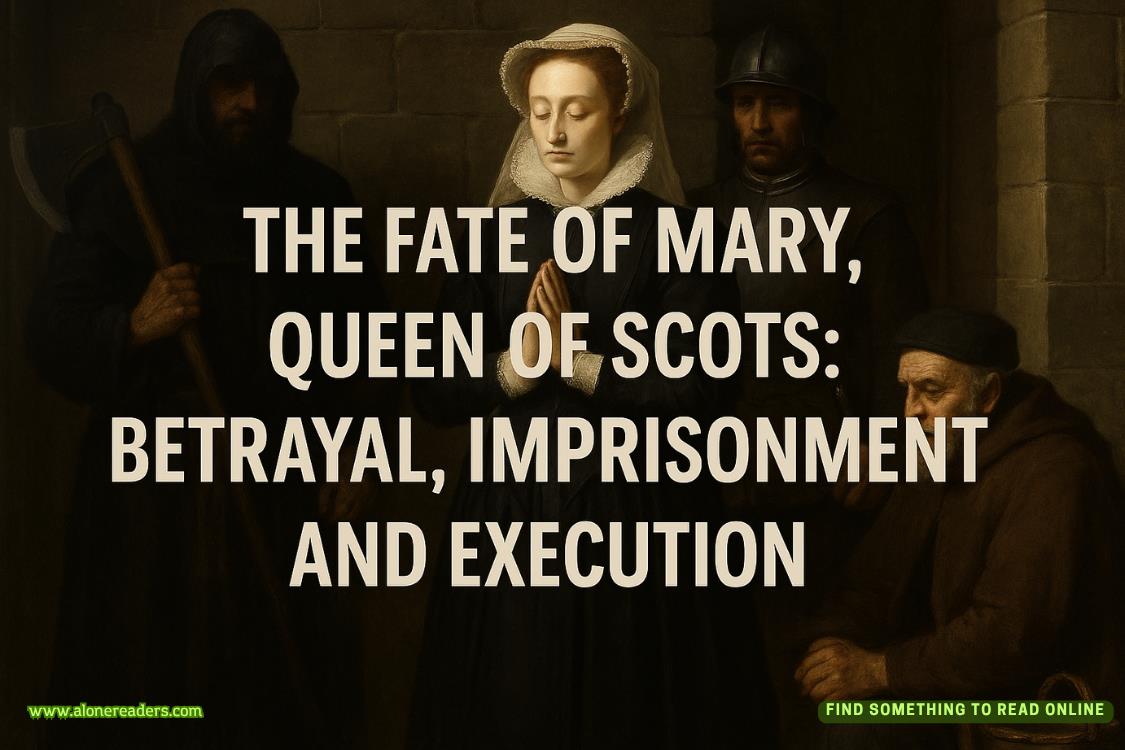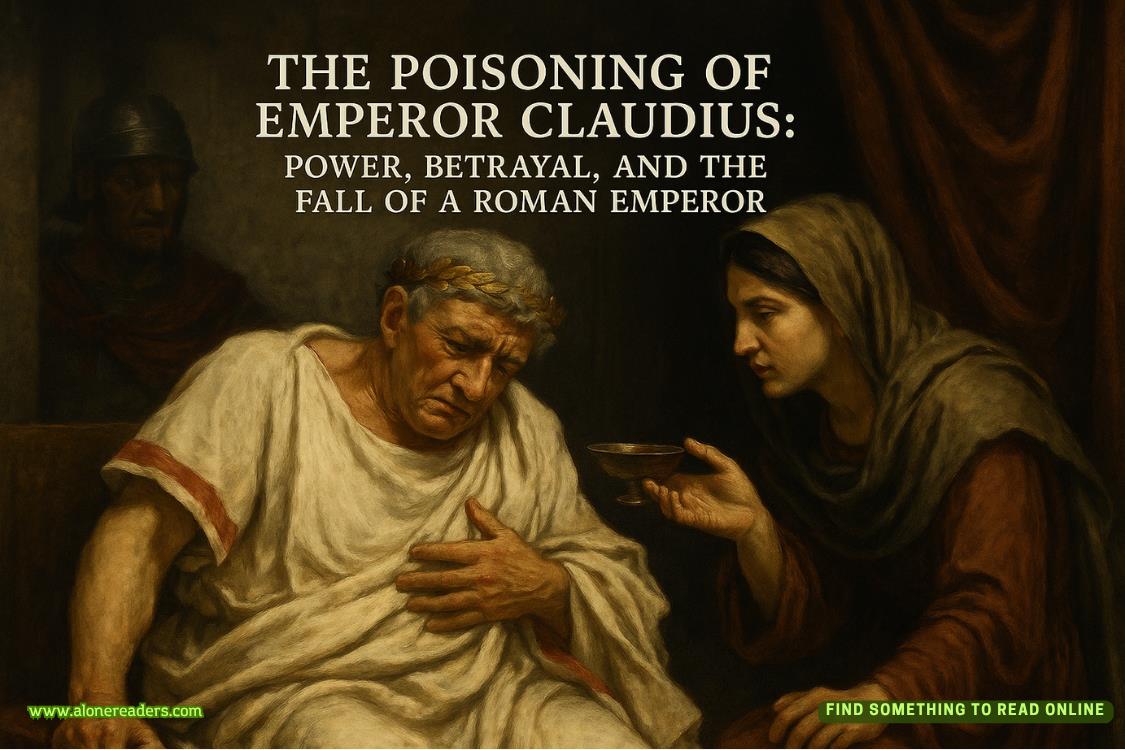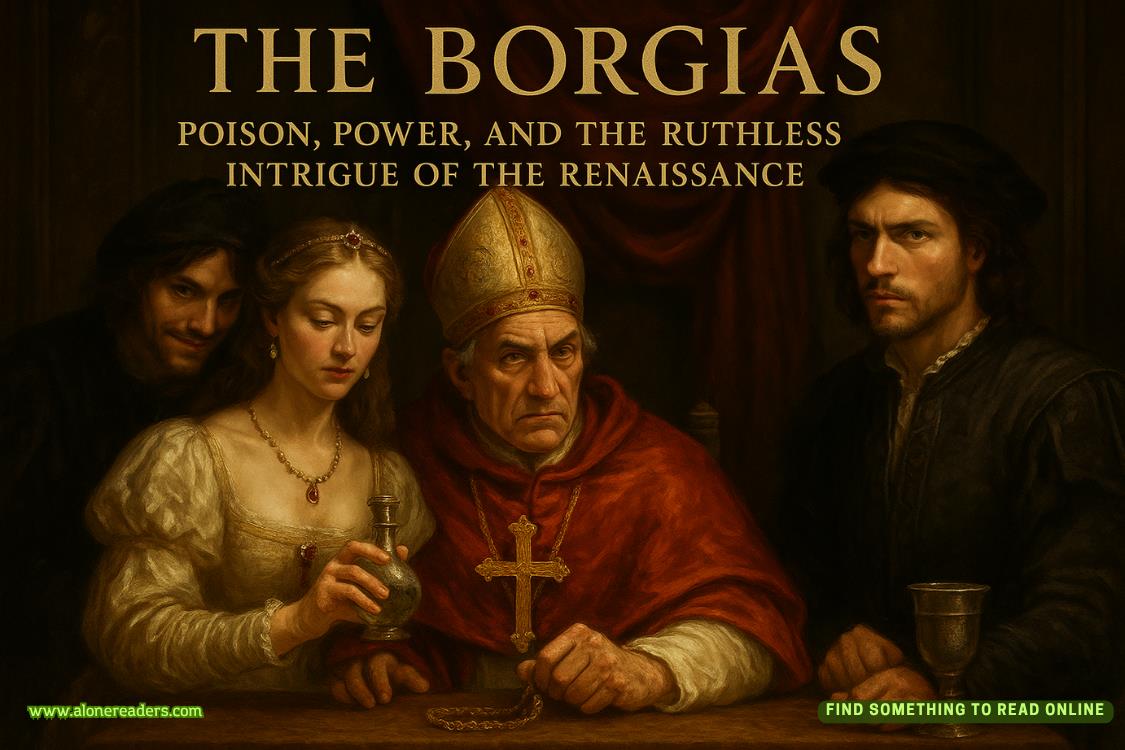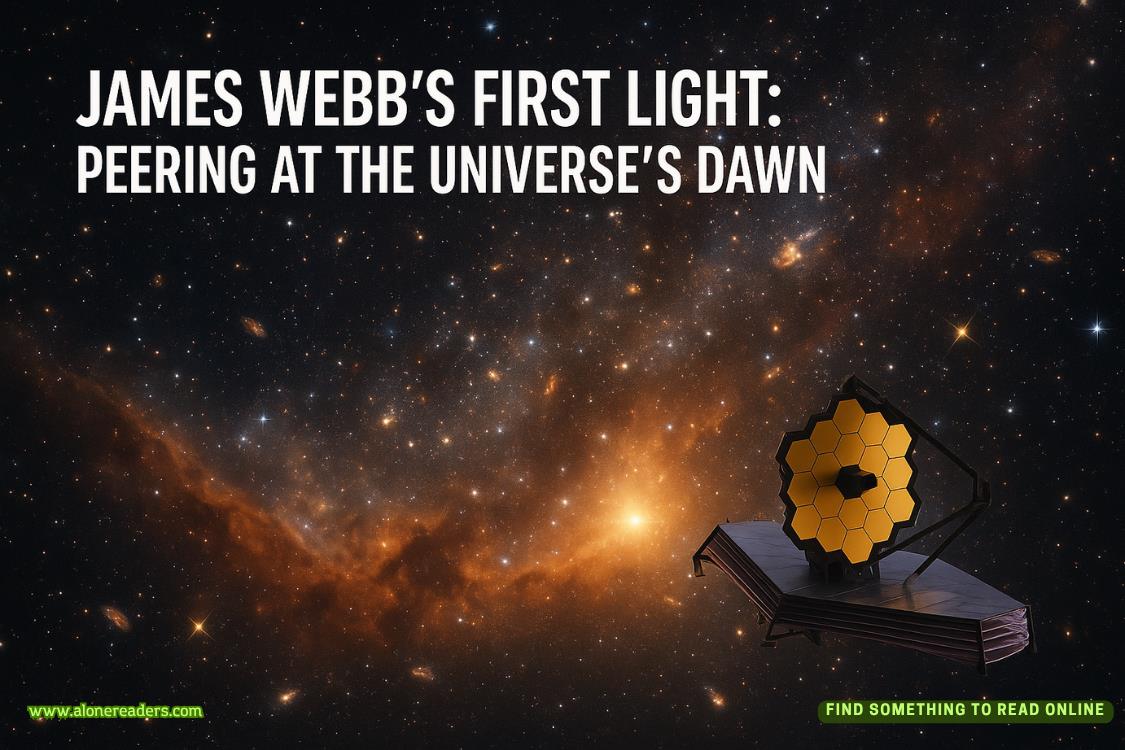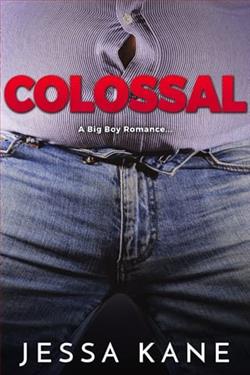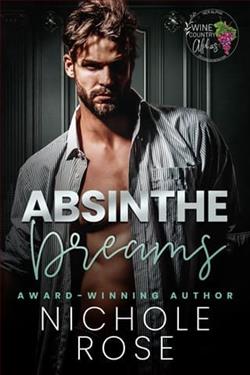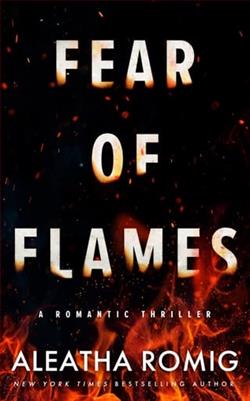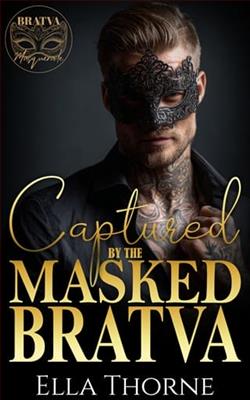Page 14 of The Shop on Royal Street
That evening, as we drove down St. Charles Avenue on our way to Prytania, I found myself relaxing in the passenger seat as Jolene maneuvered Bubba over streetcar tracks while simultaneously turning the air conditioner off and then on. She was like an orchestra conductor, skillfully cuing the horns and strings to create a cohesive sound. After watching her change the flat tire all by herself—although I did help a little by holding lug nuts and handing her a wrench from the trunk—I felt a newfound confidence in my roommate’s abilities. She could solve problems like an engineer, add triple-digit calories in her head, and change a tire on the side of the road in sweltering heat—all while wearing heels. If only she could apply that skill set to figuring out that wishing Jaxson Landry was hers wouldn’t make it true.
I kept thinking about my friend in Charleston Meghan Black, who’d briefly dated Beau and had stayed at the house on Prytania. She’d said it was beautiful, and full of antiques as was expected, considering that the house had been in the family for generations. The antiques shop had been run by the family for almost as long. I tried not to linger on Meghan’s comments about a locked door upstairs, recallingseeing Mimi—Mignon—at a similarly locked door at the Past Is Never Past earlier that day.
Meghan also said that the house had the same vibe as my home on Tradd Street in Charleston. But all old houses did, I reminded myself. The shadows of lives once lived within their walls were bound to linger. Except there was one more thing Meghan had said that I hadn’t been able to forget. The atmosphere in the Ryans’ house was like the one in my own family home. Only darker.
The Garden District—aptly named, due to the lush and vibrant blossoms in the manicured gardens that surrounded most of the district’s mansions like frilly hoopskirts—had once been part of an old cotton plantation. It had flooded during a massive storm in the early nineteenth century, destroying the plantation but leaving behind rich alluvial soil that could grow anything. It reminded me a lot of my South of Broad neighborhood in Charleston, and at the sight of a giant crepe myrtle, with its thick, twisty trunk and a halo of small pink blossoms, I had to swallow back a lump of homesickness.
Jolene slowed the car, following my gaze. “Grandmama says those old crepe myrtles look like old ladies at the supermarket with their hair done up with pink rollers.”
I was in the middle of laughing when Jolene hit the curb, the right front wheel climbing over it before bouncing back onto the street with a jolt. “We’re here,” she announced.
I ran my tongue over my teeth to make sure nothing was chipped or missing, then looked out my window. An Italianate house dominated the middle of a large lot with three oak trees—two much younger than the third—along with the requisite flowering bushes and trimmed hedges surrounding the base of the house. Italianate was my favorite style of nineteenth-century architecture, maybe because its asymmetrical and complex nature might have resembled my own. Its elements were borrowed from different styles and countries, all picked up along the way. Yet in this house, at least, everything had come together to form something perfect and complete. Something I hadn’t quite yet managed to do.
The imposing white two-story made me smile at its audacious beauty. A large semioctagonal bay sat on the left side, while a slightly recessed smaller one had been placed on the right side. A visible wing, what others not familiar with the style might think of as an afterthought, projected from the back of the house. Closely spaced full-length windows covered the front of the first floor, which was tucked inside a wide gallery surrounding the front and sides, enclosed by wooden box columns sitting on simple, short newel posts. Small arched panels had been inserted between the columns, creating a lovely skirt for the second-floor balustrade above it. A low-pitched hipped roof sat on top, supported by elaborately detailed corbels, the effect like that of an elegant hat completing an outfit.
“Wait until you see the inside,” Jolene said. “I’ve only been in there once, to pick up some paperwork from Beau, but it’s finer than a frog’s hair split four ways. Although...” She stopped.
“Although?”
“Well, it’s definitely got some memories.” She stopped again, considering her words. “Some darker than others, I’d say. There’s just something about the front stairs. Like I wasn’t supposed to go up them, you know?”
Darker.There was that word again. I grimaced. “Yeah. I know.”
We exited the car and stood together on the broken sidewalk, the flagstones lifted by the dinosaur roots of the closest oak. Like most of the properties in the Garden District, this one was encircled by a cast-iron fence. A fleur-de-lis capped each spike, and in the middle of the front gate a forged half-full hourglass sat inside an iron oval.
Jolene opened the gate and walked through, holding it open for me. “I’m guessing that’s a nod to the Past Is Never Past?” she asked.
“Maybe. Although I’m thinking it would be more welcoming if the sand was at the top instead of the middle.”
Letting the gate clank shut behind us, Jolene grinned. “It’s better than empty, right?”
The dusk song of chirping and whirring cicadas and other insects hidden in the lush vegetation followed us as we walked across thewhite-painted brick path to the carved marble steps leading to the front doors. As I reached the top of the steps, I stopped, noticing the inlaid marble design on the floor of the gallery. Finding unexpected beauty in old things was probably a learned appreciation forged by living in Charleston and working in an antiques store, but I never got tired of the sweet surprise of discovery. I was crouching down to get a better look when one of the tall, dark wooden front doors opened.
An elegant brown-skinned man with amber-colored eyes looked down at me, and his lovely eyes smiled with the rest of his face. “It is beautiful, isn’t it? Most people are so busy looking ahead that they miss it.” I could have sworn his eyes twinkled—or it could have been a reflection from the gas lanterns hanging above the door—as he reached out a hand. I took it, grateful for the help and not feeling awkward at all. “You must be Nola,” he said, opening the door wider. “And Jolene. So nice to finally meet you. I’m Christopher Benoit.”
Jolene and I shared a glance as the man stepped back into a vestibule and motioned us inside. “I’m sorry I didn’t get to meet you earlier today at the store. I was tracking down a rare pair of crystal champagne urns for Mimi last seen in a dilapidated house on River Road.”
“Any luck?” Jolene asked, apparently as captivated by Christopher as I was. There was something about him that was warm and familiar while at the same time... not. The word “strange” popped into my head, but that wasn’t right, either. It was more like the feeling a person got when opening up a gift and finding it wasn’t what was expected at all, but something much, much better.
“I’m afraid not,” he said, sadly shaking his head, where in the overhead light I could see sprinkled gray hairs interspersed with the dark ones, all cut close to his head. “The hunt continues.”
He turned and led us into the foyer. “Mimi is busy in the kitchen and will join us shortly—she loves to cook and is preparing an impressive meal for y’all tonight. She’s asked me to entertain you while we wait for Beau. I hope that’s all right.”
I was barely listening as I stood in the grand foyer, trying to take in all of the architectural details, from the Venetian chandelier withdaffodil design to the dark Cuban mahogany stair railing with tuliplike spindles. My attention was drawn to the oil portrait hung above an Italian Renaissance hall table, a pinpoint light shining on it from the ceiling like a finger pointing from heaven. The subject was a middle-aged man wearing a navy blue suit and wide tie, and he reminded me of Walter Cronkite reporting about theApollo 11rocket launch in vintage news footage.
Thick light brown hair with streaks of gray sat atop a strong-boned face, handsome in a profile-on-a-coin kind of way. But it was his eyes, blue and piercing, that caught my attention. Whether or not the artist had intended it, the eyes seemed to follow me as I approached, staring directly into mine as I stood in front of it.
Christopher spoke from behind me. “That’s Mimi’s late husband. His first name was Beauregard, the family name given to all firstborn sons. But he always preferred to be called Charles.”
“So this is Beau’s grandfather?” I asked.
Christopher nodded, his arms folded across his chest. “Yes. He was a doctor. He had no interest in the family’s antiques business, so it’s a good thing that he married someone who did.”
“I’m sure,” I said. “Beau’s dad was also a doctor, right? A surgeon?”
He nodded. “A very fine one.”
“So Mimi has run the Past Is Never Past pretty much on her own all these years?”
